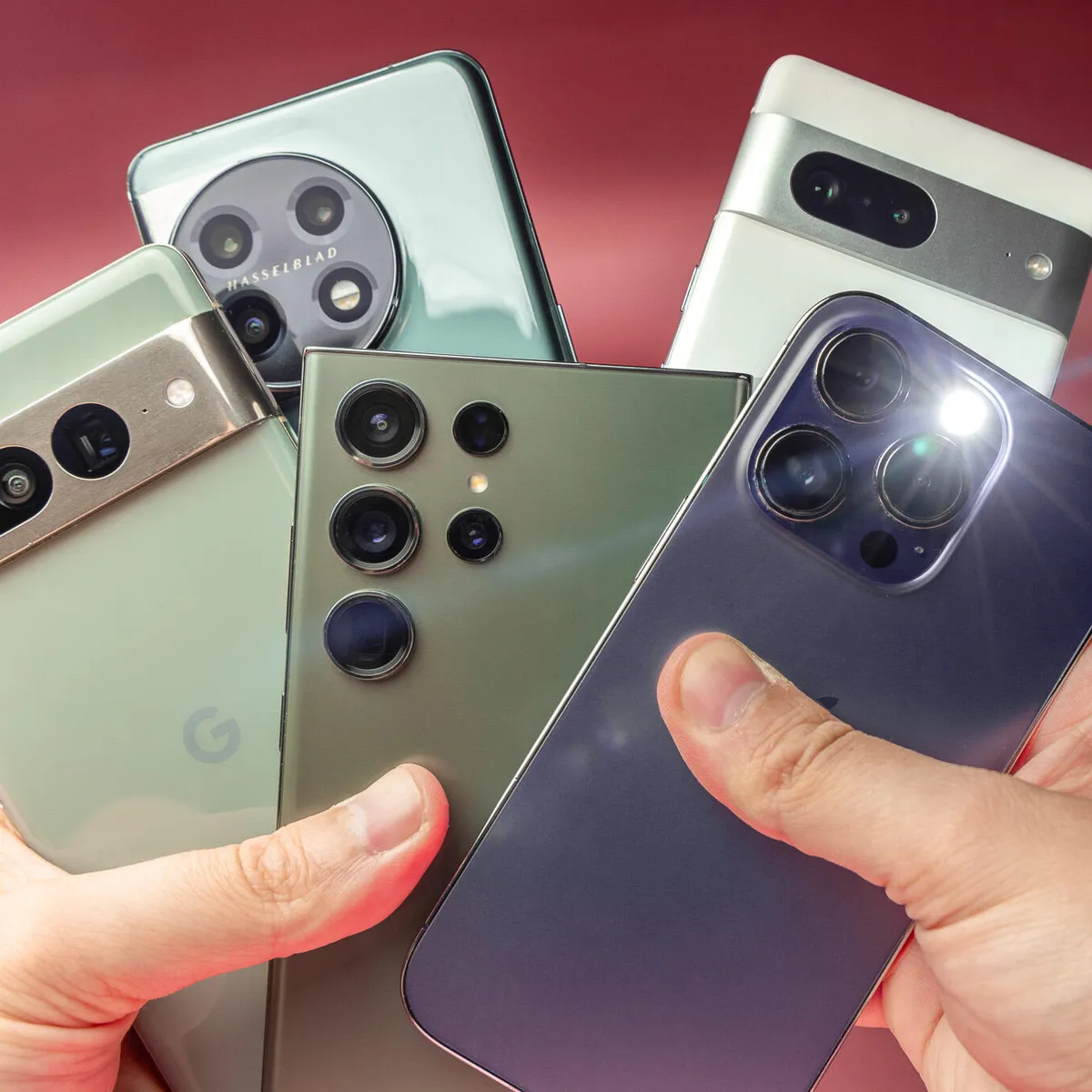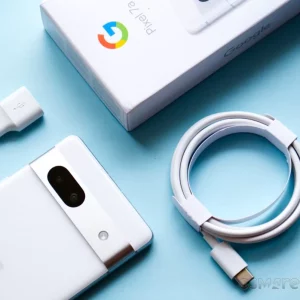When shopping for a smartphone with a top-tier camera, it’s tempting to focus solely on megapixels. However, megapixels alone don’t guarantee stunning photos. Other critical features play a significant role in determining image quality. Here’s what you should consider:
1. Sensor Size: The Heart of Image Quality
A larger sensor captures more light, enhancing image clarity, especially in low-light conditions. For instance, the Xiaomi 15 Ultra boasts a 1-inch sensor, delivering exceptional detail and dynamic range.
2. Aperture: Letting in the Light
The aperture, indicated by f-numbers like f/1.8, determines how much light enters the camera. A wider aperture (lower f-number) allows more light, improving low-light performance and creating a pleasing background blur (bokeh). Smartphones like the Xiaomi 13 Ultra feature variable apertures to adapt to different lighting scenarios.
3. Image Stabilization: Keeping It Steady
Optical Image Stabilization (OIS) compensates for hand movements, reducing blur in photos and shakiness in videos. This feature is particularly beneficial in low-light settings or when capturing moving subjects.
4. Advanced Software and Image Processing
Beyond hardware, software plays a pivotal role in photo quality. Features like HDR (High Dynamic Range) combine multiple exposures for balanced images, while AI algorithms enhance colour accuracy and detail. Devices like the Google Pixel series are renowned for their computational photography capabilities, producing impressive results even with modest hardware.
Conclusion
While megapixels are a factor, they don’t tell the whole story. Prioritizing sensor size, aperture, stabilization, and software processing will lead you to a smartphone camera that truly excels.




